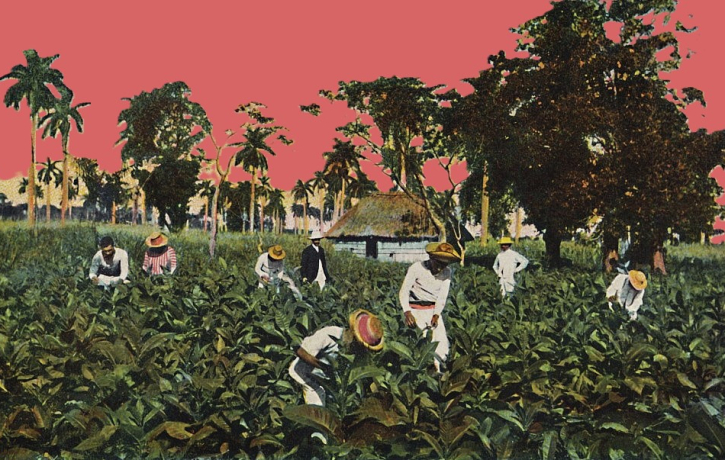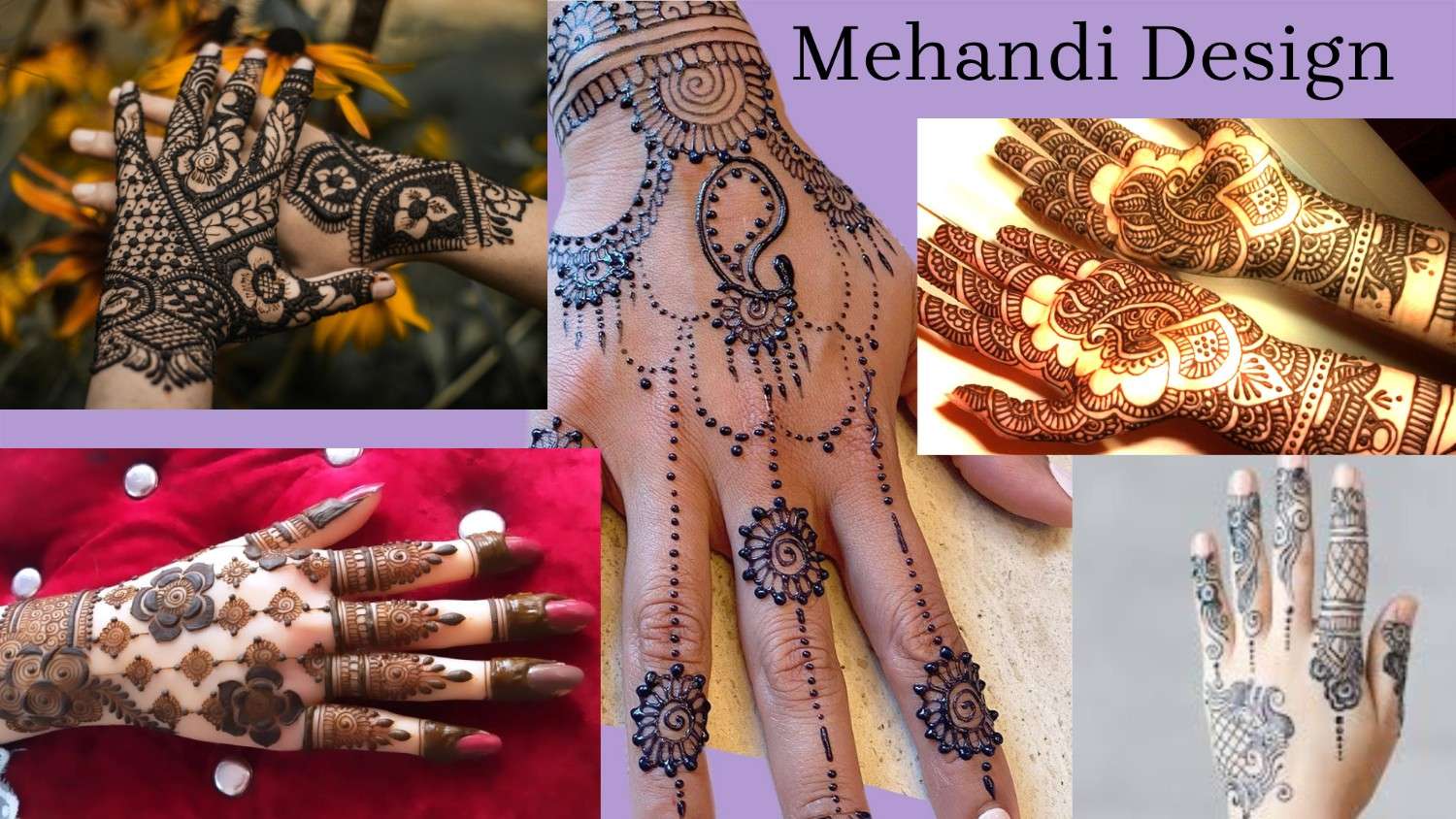Cuban Artist Milton Bernal, easily identifiable by his signature stogie, injects a unique Cuban flavor into his artwork through an unusual medium: tobacco leaves. The 63-year-old artist incorporates wet tobacco leaves into his sketches of iconic figures connected to Cuba, including revolutionary leader Che Guevara and novelist Ernest Hemingway, who spent two decades residing outside Havana. The resulting art takes on the earthy amber hues and distinct veiny texture of dried tobacco leaves, creating a visually striking and distinctly Cuban experience. “Tobacco is a symbol of our national identity,” Bernal explains, “I transform it into an art form that’s not consumed and doesn’t cause harm, allowing everyone to appreciate it.”
Bernal’s artistic journey with tobacco leaves began over two decades ago. He meticulously handpicks his materials from the vast fields of Pinar del Rio province, renowned for producing the world’s finest tobacco and cigars. He carefully selects large leaves discarded during cigar production, choosing them based on color to complement his artwork. This meticulous selection process ensures each creation is unique and reflects the subtle variations in the tobacco leaves themselves.
Bernal’s artistic process is as fascinating as his chosen medium. He employs a proprietary chemical formula to preserve the elasticity, color, and form of the tobacco leaves. These leaves are then meticulously rolled onto handcrafted paper and left to dry. This innovative technique allows Bernal to create lasting works of art that showcase the beauty and heritage of Cuba in a truly unique way.
Bernal’s artwork transcends mere aesthetics it serves as a bridge between Cuban culture and the world. His creations are not only sold and displayed in homes, restaurants, cigar shops, and hotels across Havana but also find their way into international galleries and collections. Through his innovative and distinctly Cuban Artist art form, Bernal offers a window into the soul of Cuba, one infused with the rich aroma and captivating history of tobacco.






